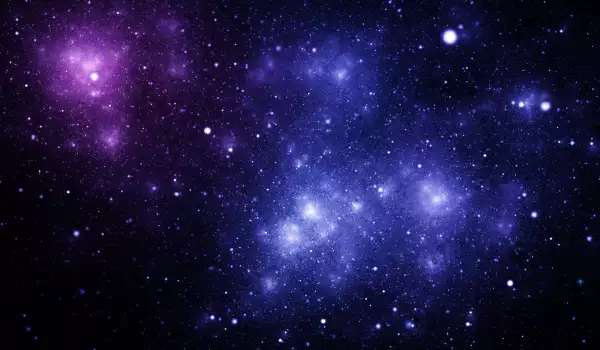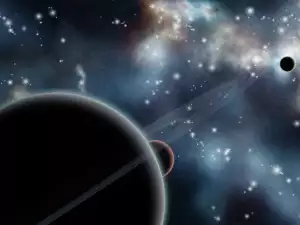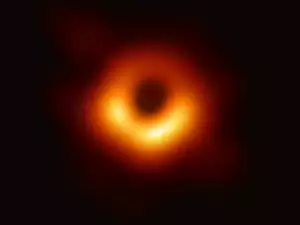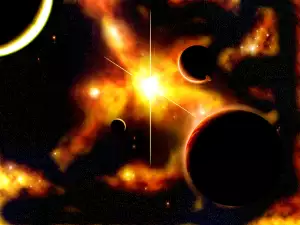The Spitzer Space Telescope and the Wide-field Infrared Survey Explorer (WISE) have detected a giant cluster of galaxies. Astrophysicists have named it MOO J1142 + 1527.
This giant cluster of galaxies is located 8.5 billion light years from our planet. The cluster contains billions of stars, all linked together by gravity.
The galactic cluster was spotted thanks to the combined efforts of the telescopes Spitzer and WISE. While Spitzer helps scientists discover the location of some of the farthest cosmic objects, WISE can provide the highest resolution images of the Universe. This has allowed astronomers to register the most massive galactic cluster known so far.
The light from MOO J1142 + 1527 takes an exceptionally long time to reach Earth. This gives scientists the opportunity to look 8.5 billion years in the past - when the Universe was very young.
Based on data and knowledge of how galactic clusters increase in size during the course of their development, they have concluded that the newly found cluster is among the 5 most massive that formed during that time.

The scientists' goal is to find the largest primordial clusters, then follow their evolution in the extreme conditions of space.
The images taken by the 2 telescopes are available for view on NASA's official website.









